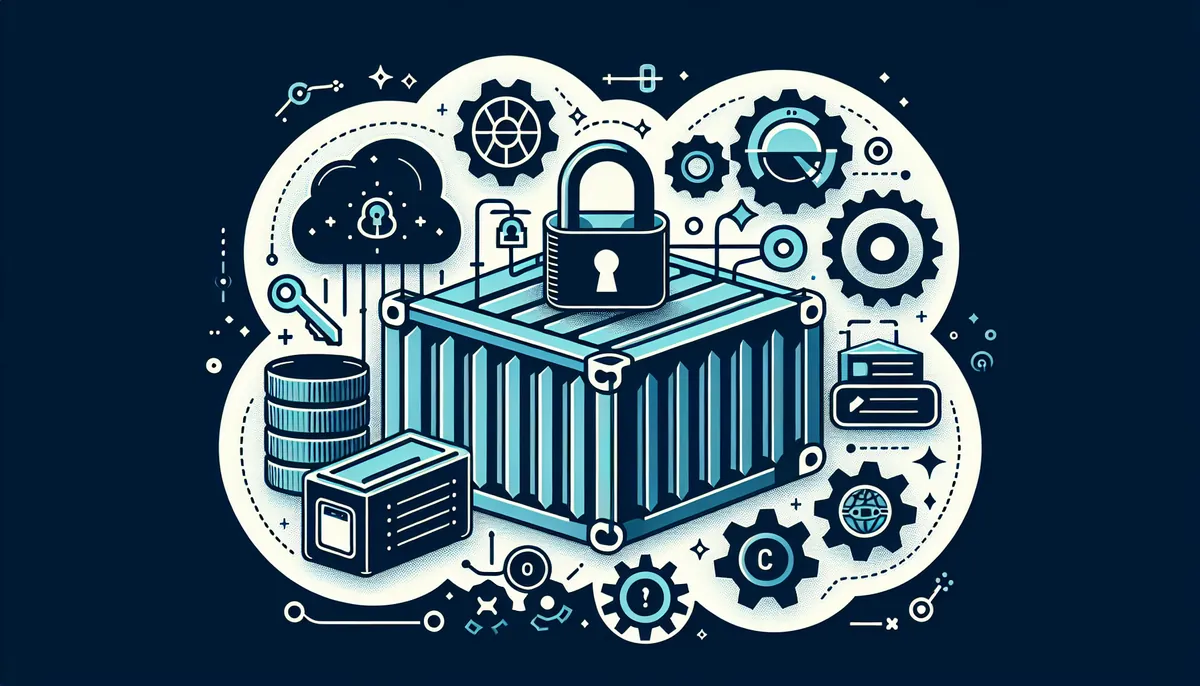As containerization becomes increasingly popular in modern development workflows, securing Docker deployments has never been more critical. This comprehensive guide will walk you through essential Docker security best practices to protect your containerized applications.
Whether you’re running containers in development or production, implementing proper security measures is crucial for protecting your infrastructure and data. Let’s explore the most important steps you can take to harden your Docker environment.
Table of Contents
Container Image Security
The foundation of Docker security starts with the container images themselves. Before diving into specific hardening techniques, you’ll want to ensure you have a proper Docker installation. If you’re using Kali Linux, check out our guide on how to Install Docker on Kali Linux 2020.1.
Key practices for image security include:
Runtime Security
Container runtime security is crucial for maintaining a secure environment. This involves proper configuration and monitoring of running containers. If you’re interested in understanding more about system security, our Getting started in Cyber Security guide provides excellent background knowledge.
Essential runtime security measures include:
Network Security
Proper network security is essential for protecting containerized applications. Similar to traditional network security concepts covered in our Wireshark Tutorial Series, Docker networks require careful configuration and monitoring.
Implement these network security best practices:
Host System Security
The security of your host system is just as important as container security. Start by ensuring your base system is properly secured and updated regularly.
Key host security measures:
Conclusion
Implementing Docker security best practices is an ongoing process that requires regular attention and updates. Start with these basic principles and continuously improve your security posture as your containerized infrastructure grows.
Remember to stay updated with the latest security practices and regularly audit your Docker environment for potential vulnerabilities. Consider implementing additional security tools and monitoring solutions as your deployment scales.

